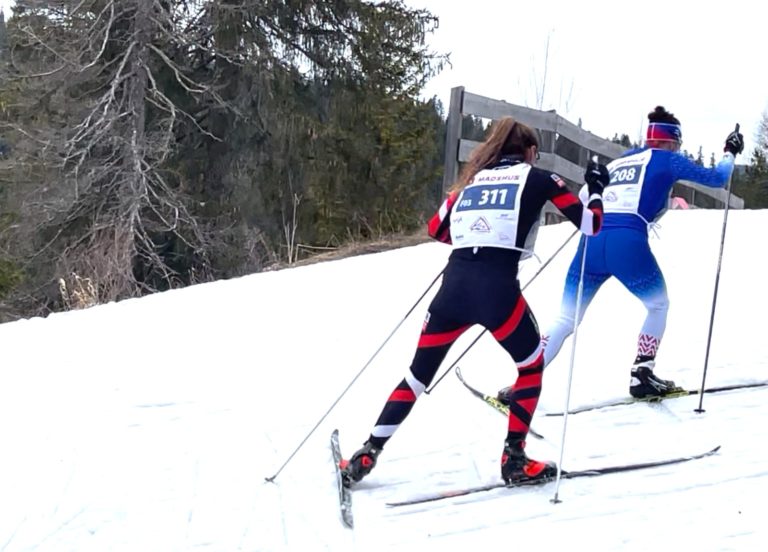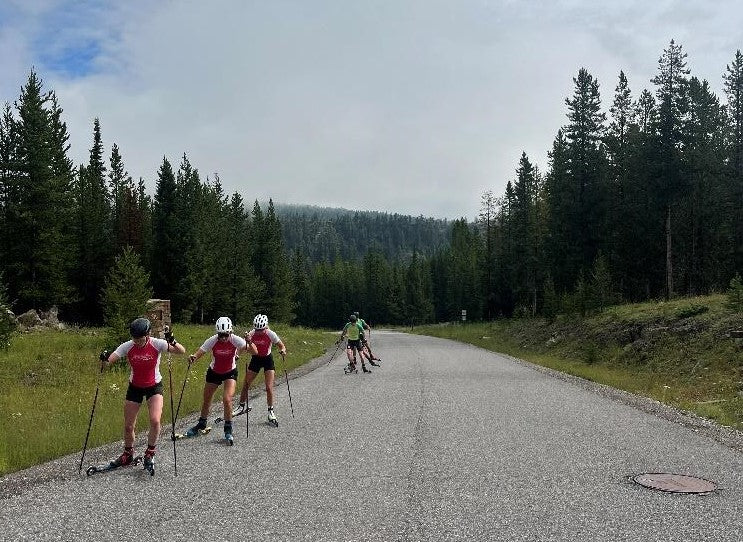Learn four wisdom nuggets relating to injuries and prevention from coach Kim Rudd! Wisdom shared from over thirty years of ski and bike related injuries.
Wisdom Nugget #1 Slow down and allow your body time to heal.
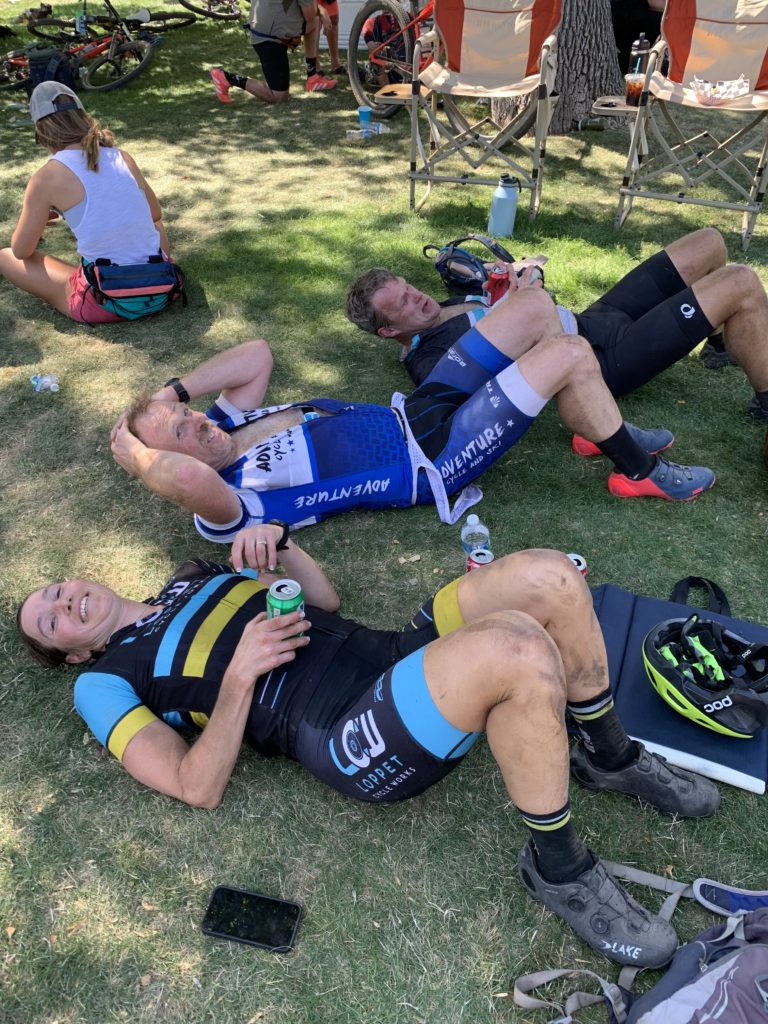
You may laugh at the above statement if you know me personally since I rarely slow down. My father gave me the nickname “perpetual motion” since I rarely sit down for more than ten minutes at a time. Over the years I have not been kind to my body, with my persistent bike and ski crashes. The most painful mountain bike crash that I have endured was during a Minnesota mountain bike series race at Afton Alps around fifteen years ago.
I enjoy the thrill of descending hills at fast speeds but was taken off guard by an unknown drop and ended up doing an endo over my handlebars landing me on my left shoulder. After being taken down to the first aid building they asked if I wanted them to get my husband off the course or to let him finish the race. I later regretted my decision to let him finish as the pain increased in my shoulder to an unbearable knife-stabbing throb.
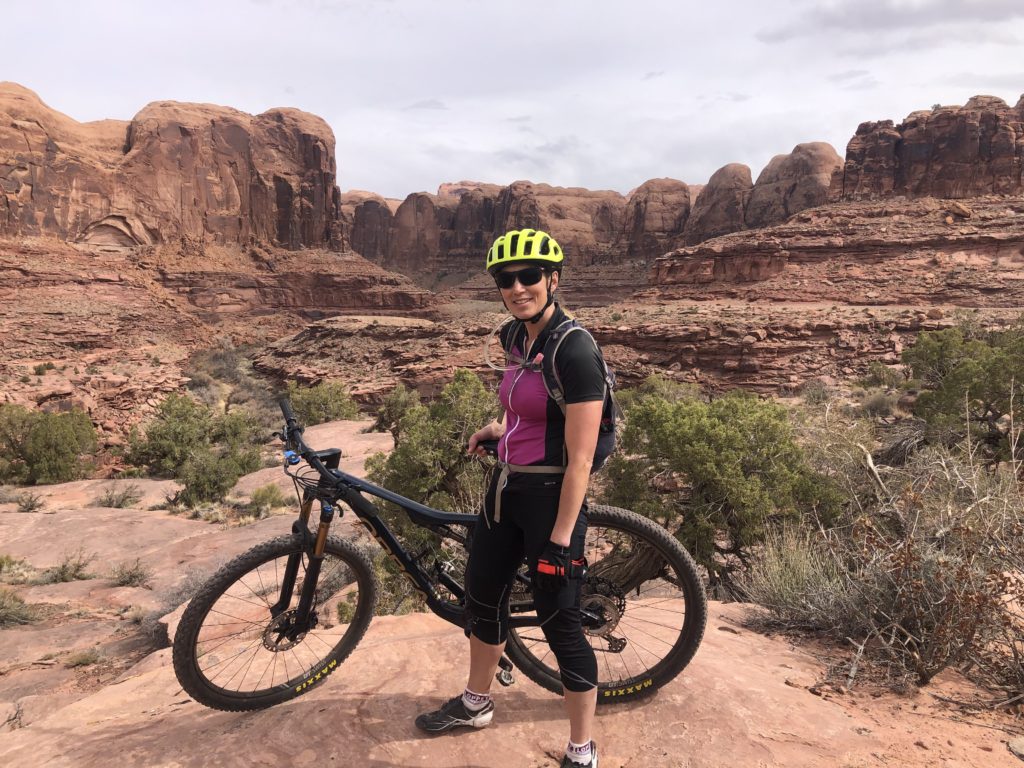
I was diagnosed with a level three shoulder separation. No surgery was required, just rest and physical therapy. For weeks it was difficult to sleep in bed so I would try sleeping upright in a chair. I pushed the envelope on my activity by jumping on my trainer bike mounted on the deck in our backyard. There was no such thing as rest in my vocabulary. I even started to jog slowly which was excruciatingly painful. I am a slow learner!
Looking back, the wisdom tips I would have told my thirty-something self would be to slow down and allow your body to heal. After months of physical therapy, my shoulder finally did regain strength, but I learned in the coming years I would need to maintain the shoulder exercises in order to keep ski racing.
Wisdom Nugget #2: Know your limits and continue to strengthen your weakness.
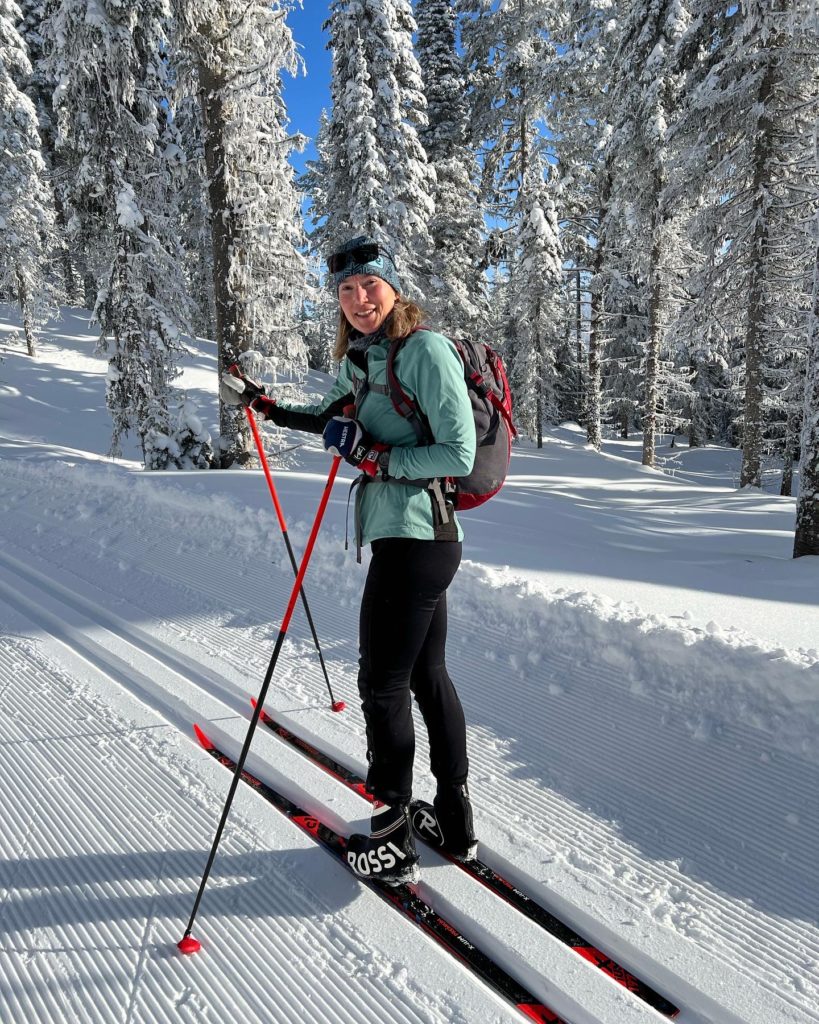
To this day, I continue to deal with different injuries relating to my shoulder separation. I struggled with off-and-on bursitis and tendonitis caused by overuse and doing too much specific ski strength while roller ski training. Prior to the injury, I was able to do sets of single stick uphill repeats with no problem, but when forced too much with my injury it caused my entire neck and shoulder to seize up.
It took many years of pain to realize that it was not worth getting more injured. Knowing your limits in training and working on strengthening your weakness can make all the difference in sports performance. I decided to continue maintaining my shoulder exercises and would not push over my limits with specific strength training.
During the 2022 ski race season I struggled with shoulder weakness but just figured it was from my past injury. While competing in the Norwegian Birken race I was forced to double pole since my kick wax was no longer working in the 40-plus degree temperature. I knew something was wrong and finally went to get an EMG and was diagnosed with suprascapular shoulder neuropathy. Two of the nerves that feed into my rotator cuff muscles stopped firing and caused my muscles to atrophy so much that when looking at the back of my shoulder, I looked like a starving person with my muscle all deflated.
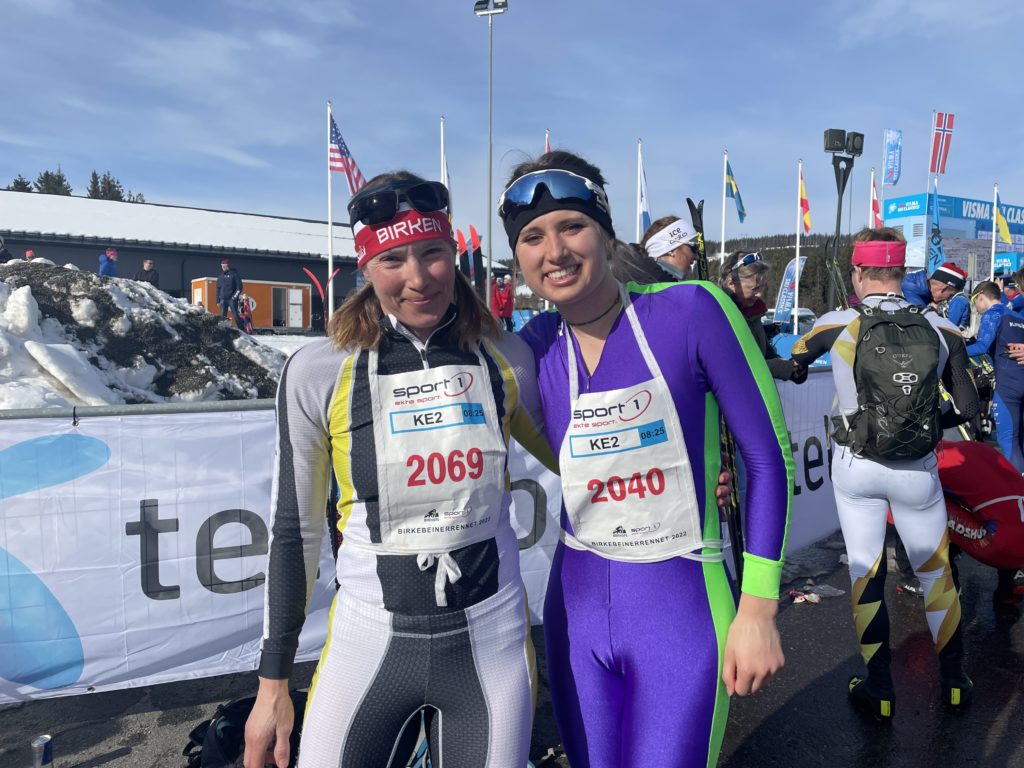
After multiple EMG tests and visits to a neurologist at the Mayo Clinic the plan of treatment was to wait it out and let the nerve slowly come back into function. Nerves grow back very slowly so this was going to take over two years, and may never come back to full strength.
Human axon growth rates can reach 2 mm/day in small nerves and 5 mm/day in large nerves. I wanted to quick fix but had to deal with the reality of waiting and slowly doing physical therapy rehab. I was able to gain strength by doing blood flow restriction rehab (BFR). The goal of BFR is to work the injured muscle while exercising at a low level.
Hormones are released during BFR due to the blood restriction and this helps the muscle heal and grow. I am now a little over a year out from my diagnosis and have slowly regained muscle strength as the nerve function returns. It has been a frustrating and slow process but through it all I have learned the importance of knowing my limits as well as the importance of physical therapy rehab.
Wisdom Nugget #3: Mix up your training modalities!
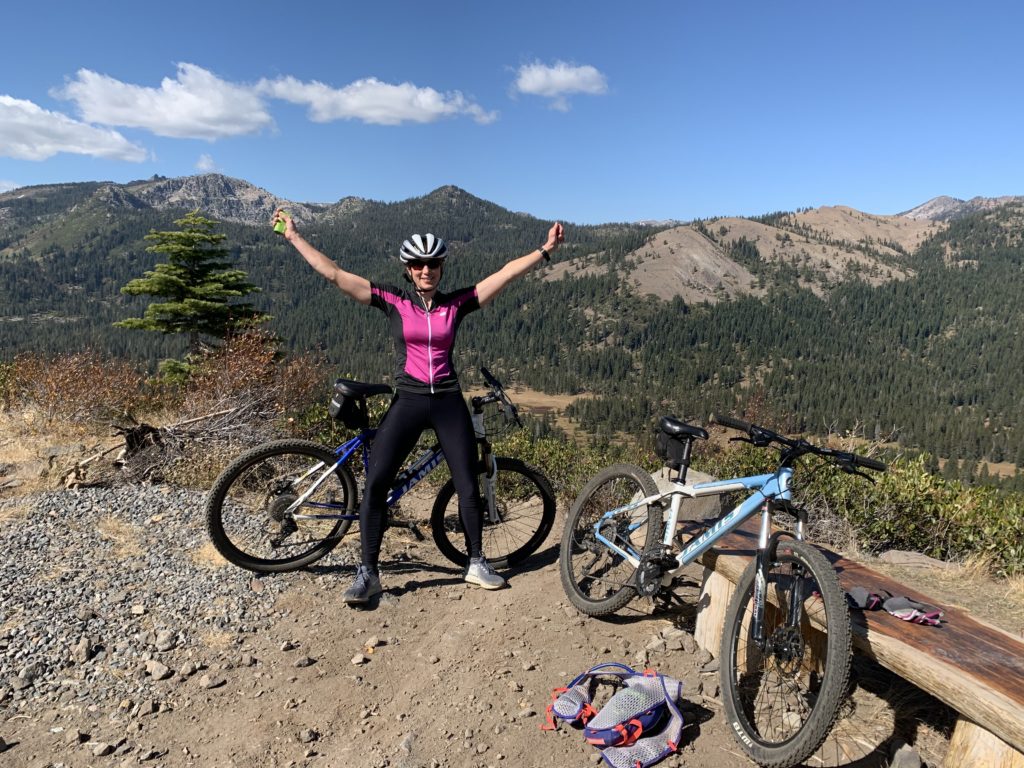
I enjoy spring and summer training the most since I can mix up the types of exercise options. I am currently training for the upcoming Marquette 50km trail running marathon so I have slowly increased my running mileage over the last few months. Coming off of ski season and entering into other sports can be an injury waiting to happen.
I have learned over the years to slowly add on mileage while transitioning to running or I will end up injured. I also like to mix up what types of activities I do so that it’s not all running-focused. Thankfully, I enjoy other forms of exercise such as mountain biking, gravel riding, canoeing, SUP, open water swimming, roller skiing, and hiking. I typically run three times per week and usually bike train on the other days so that I do not get overuse injuries. I have also incorporated two days of strength training which has helped with injury prevention. I highly suggest joining a local strength training group or signing up for an online strength program such as Nordic Team Solutions (this is my preferred method)!
Wisdom Nugget #4: Being ok with subpar race performance while injured
This is by far the most difficult nugget of wisdom that I have learned to apply to my own life. Around three years ago I suffered a major head concussion after a road bike crash. I was riding home from a chiropractic appointment when a stick flew into my front wheel and stopped my bike launching me over the handlebars onto my head. I am extremely lucky to be alive! Following the crash, I experienced concussion symptoms but continued to press forward with my computer work and exercise. NOT a good choice.
Since then I have continued to struggle with concussion symptoms and have recently sought out treatment at the National Dizzy and Balance Center. For over two months I have been doing eye-tracking therapy with the help of an occupational therapist. I have been amazed at how intricate the brain and eyes are connected to our overall balance. When an injury occurs to the brain, the eye tracking sometimes gets lazy and does not go back to the normal function that it had before the impact. The symptoms that persist following a concussion are collectively called Post Trauma Vision Syndrome (PTVS). In most cases, the eyes are physically healthy but not communicating properly with the brain, this is very common following any type of traumatic brain injury. When in doubt, seek the professional help sooner than later following any type of concussion.
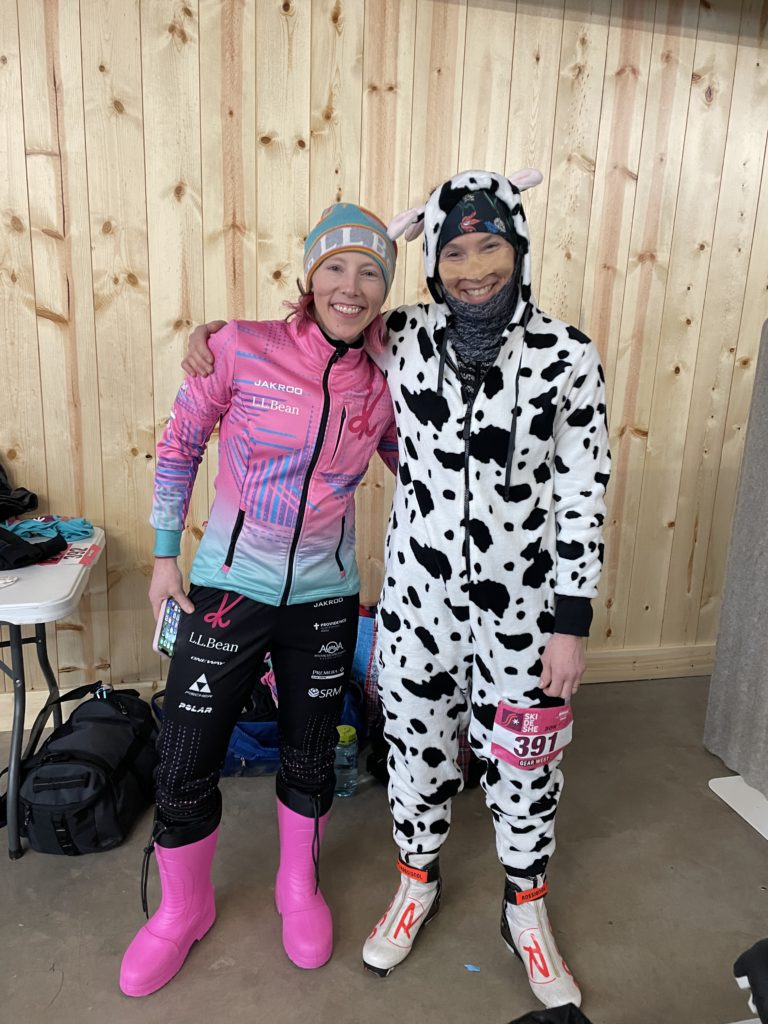
This past winter I had to make the choice to sit out some races or ski them slower than normal. In the Ski de She Birkie event I was still suffering symptoms so decided to race in my cow suit and just have fun which would hopefully slow down my race pace.
It was difficult not lining up on the front line of a race, but looking back I think this was a good choice. I also received tons of cheers and smiles from other participants as I cheered many of them on in their 10 and 20km race events. In the end, nobody really cares about your race result except you! Learn to modify your race output depending on your injury or be willing to sit out a race and cheer people on from the sidelines. Remember, you are not defined by your results!
I hope these nuggets of wisdom have been encouraging to you as an athlete. The next time you have an injury remember to slow down, learn your limits, strengthen your weakness, seek professional help, mix up modalities and accept what your body can do.
Kim Rudd Owner of Endurance Adventures
Read more blogs and check out more of what Endurance Adventures has to offer here: https://www.enduradv.com/


